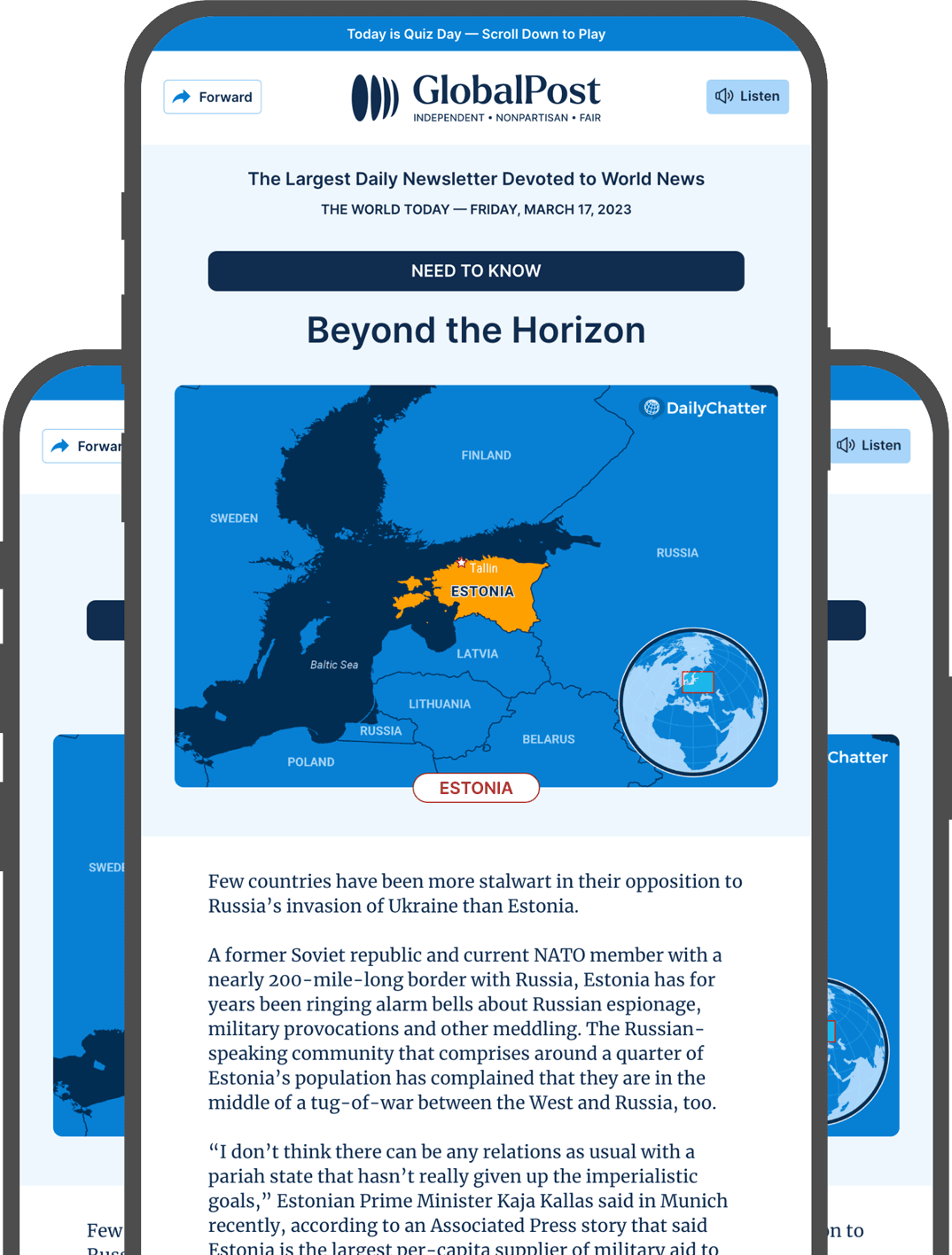Going a-Viking
Archaeologist Greer Jarrett has been studying Vikings for years. Three years ago, he decided a little roleplay was in order and took to the seas in a replica Viking ship, making some unexpected discoveries along the way.
He and his team, sailing known Viking routes, discovered that the Vikings sailed further away from Scandinavia, and along routes further from the coast, than was previously thought possible, according to a new study.
They also found a decentralized network of ports on islands and peninsulas, which were likely key for trade and travel in Viking times.
“A lot of the time, we only know about the starting and ending points of the trade that took place during the Viking Age, major ports such as Bergen and Trondheim in Norway, Ribe in Denmark…” Jarrett said in a statement. “The thing I am interested in is what happened on the journeys between these major trading centers. My hypothesis is that this decentralized network of ports, located on small islands and peninsulas, was central to making trade efficient during the Viking Age.”
While previous studies have used chemical evidence from ancient remains and simulation models to study Viking sea routes, this team wanted to sail in their footsteps.
In 2022, they built a replica sailing boat similar to those Vikings used between 800 and 1050 CE, and they traveled from Trondheim, in central Norway, up to the Arctic Circle and back. Since then, the team has sailed over 3,000 miles along Viking trade routes, finding at least four potential Viking harbors along the Norwegian coast.
The locations of these ports, which Jarrett nicknamed “heavens,” are further out to sea than the major ports and hubs of the Viking age that were known to date.
To sail specific Viking routes, Jarrett also consulted sailors and fishermen about the traditional routes used during the 19th and early 20th centuries, when engineless sailing vessels were still common in Norway.
The Vikings didn’t use maps, compasses, or sextants to navigate. Instead, they relied on mental maps, made up of memory and experience. They also drew on myths linked to coastal landmarks, which could serve as warnings about dangerous places.
“I used the experience of my own journeys and the sailors’ traditional knowledge to reconstruct possible Viking Age sailing routes,” said Jarrett, who has made a video about his voyages. “Preserved myths are the last remnants of what must once have been a landscape steeped in stories.”
Subscribe today and GlobalPost will be in your inbox the next weekday morning
Join us today and pay only $46 for an annual subscription, or less than $4 a month for our unique insights into crucial developments on the world stage. It’s by far the best investment you can make to expand your knowledge of the world.
And you get a free two-week trial with no obligation to continue.
